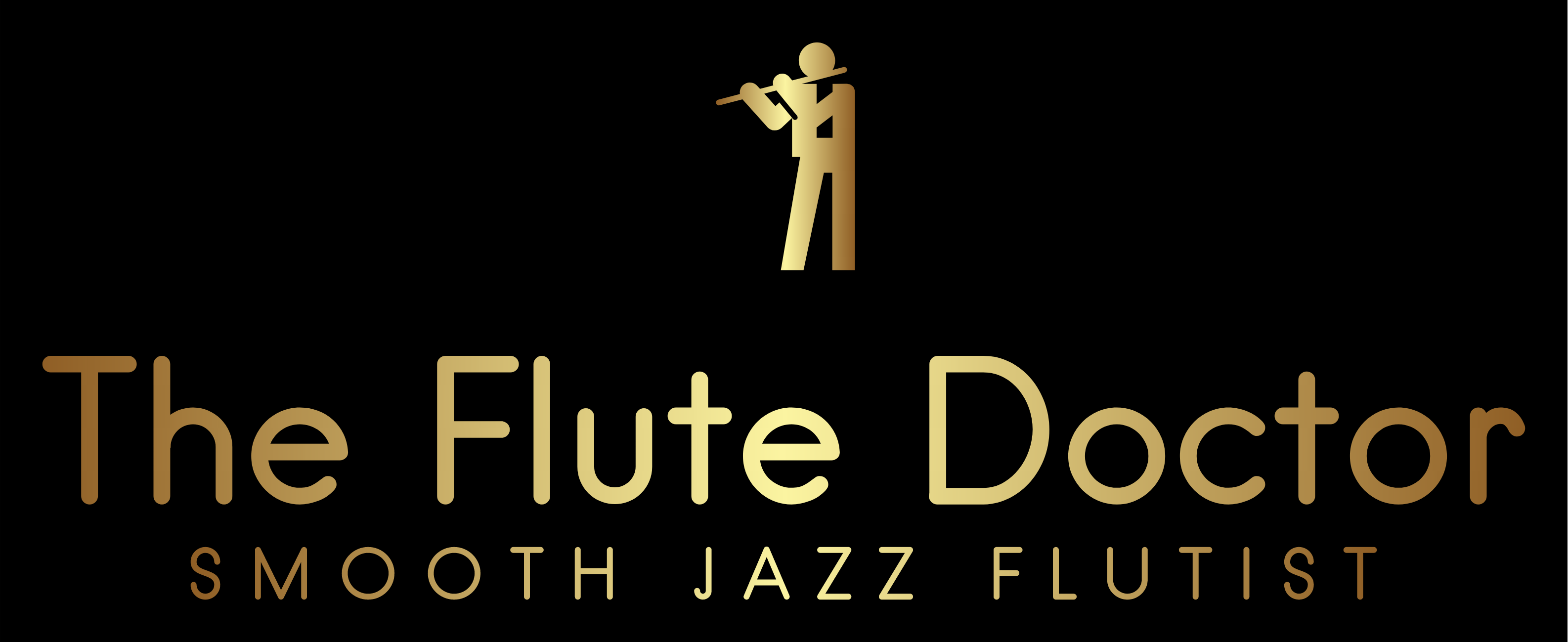Believe it or not there is a correct and incorrect way to approach how you trill the different notes on the flute. Here is the formula (two-part rule):
- Always trill to the next letter name. For example, if the primary note is an F, then you would want to trill to a G.
- Always look at the key signature because depending on the note you could trill to, it could be flatted or sharped.
Here is an example for you.

So, if we approach the trill with the above stated two rules using the first step you would realize that you trill to some kind of G. Using the second step of the rule you now look at the key signature. Now you check to see if it is a Gb or G#. Since it is nether then you conclude that it will a F to a G.
Now let’s look at another example:

Using the same rule listed above you know with step one that you will trill to some kind of G. When you use step two you realize that you will need to trill to a Gb because of the Gb in the key signature.
Let’s look at yet another example:

By now you should be getting the feel for this. Using step one you know that you will trill from D to some kind of E. After checking the key signature, you now know that you will trill from D to E because there is no Eb to worry about.
One more:

Using step one you know that you trill to an E. After checking the key signature, you now realize that you will trill from D to Eb.
Just remember the simple two-part rule and you will be good to go with how to execute all trills you will encounter!! Good luck!!
